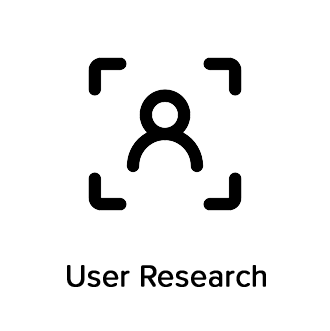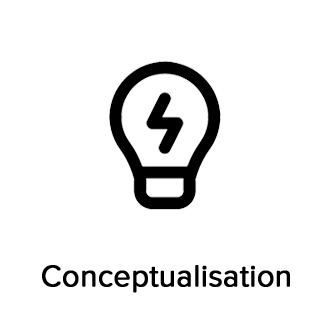The autonomic nervous system controls many of the body’s subconscious functions, such as digestion, breathing, heart rate and blood pressure. It contains two branches: The sympathetic branch helps the body prepare for high intensity ‘fight or flight’ activity, while the parasympathetic branch is crucial to low intensity ‘rest and digest’ activity.
As we age, or when we are fighting diseases, the body’s balance changes such that the sympathetic branch begins to dominate. This imbalance makes us more susceptible to new diseases and leads to the breakdown of healthy bodily function.
Treatment to manage these imbalances has generally been through the administration of expensive drugs or even invasive brain surgery in the more extreme cases. However, the University of Leeds has been looking into Transcutaneous Vagus Nerve Stimulation (tVNS), a non-invasive safe technique as an inexpensive alternative.
Fig 1.
Distribution of the
vagus nerve through
the body
Mosby’s Medical Dictionary, 9th edition.
© 2009, Elsevier
Fig 2.
Close up of the
vagus nerve distribution
around the ear
We were commissioned by the University of Leeds to develop and refine a makeshift prototype that could be used to withstand a succession of medical trails to assess the validity of using tVNS as a prospective treatment to prevent strokes.
Fig 3.
Number of people admitted to hospital with a stroke
(Stroke Association 2018)
University of Leeds’ first working model
Each device has earpieces that deliver low-level electrical pulses to stimulate the auricular branch of the Vagus nerve, located on the Tragus (the small cartilage prominence at the front of your ear). That particular area is quite sensitive and difficult to clip anything to, so we had to undertake an iterative design cycle of: Sketch > CAD > 3D print > Test, to ensure correct shape, fitting, positioning and comfort.
While the fundamental internal electronics didn't really change, they needed to be fully serviceable. We collaborated with a specialist so the electronics could be repeatably removed without the circuit being broken. This was taken a stage further by making each prototype disassemble easily - allowing the client team to make adjustments, upgrades or even upload new software during trials.
The final piece in the jigsaw was the integration of a mobile app, to make and adjust settings of each device. We commissioned one of the original members of the student team to develop the coding and create the supporting app for the final prototypes.
Apart from Will being the willing recipient of numerous shocks, we handed-over four, fully working, trial-proof, prototypes – meeting the brief and helping the University of Leeds with their medical trials of tVNS to one day help prevent strokes.
““What was impressive about working with Pd-m was their ability to pick up exactly what was needed very quickly. And then clearly describe exactly how to go about it. Everything was part of the process: What we wanted to achieve. Making the most of the science. The obstacles to overcome. Understanding the patients’ needs. How to actually make four prototypes! Integrating technology. And doing it all efficiently. It’s great working with experienced professionals”.”

























